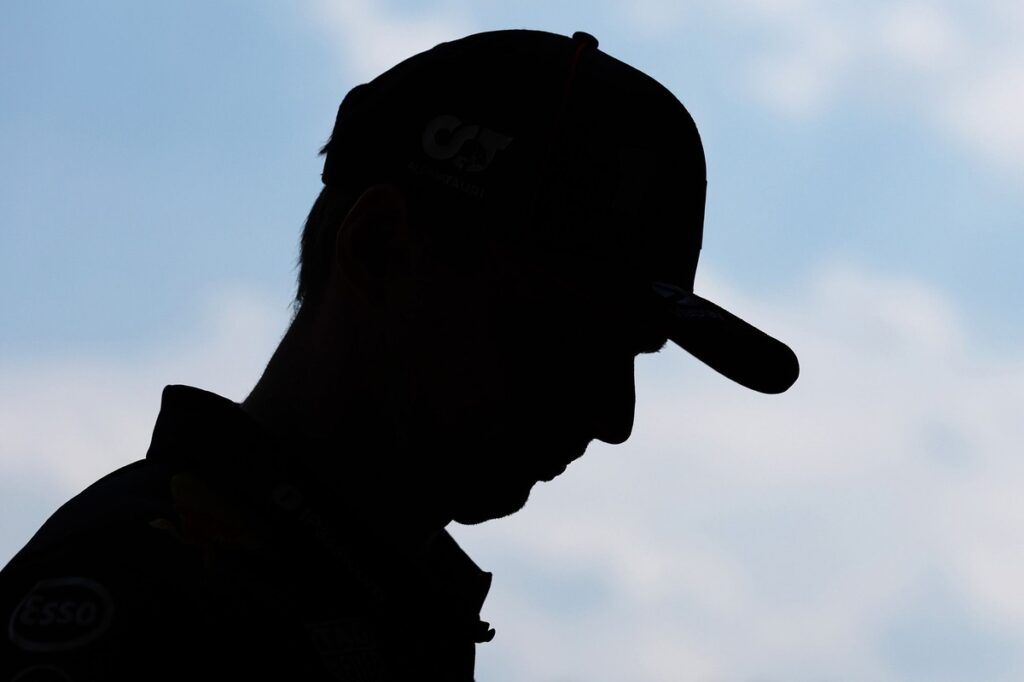Unveiling the Complex Persona of Max Verstappen: A Deep Dive into Racing Excellence and Controversy
The Rise of a Racing Phenomenon
For several years, the Verstappen phenomenon has dominated the Formula 1 paddock, earning both admiration and scrutiny. His remarkable achievements on the track have made him a household name among motorsport enthusiasts. The Dutch prodigy, racing for Red Bull Racing, consistently captivates audiences with his extraordinary talent-securing pole positions in situations where the car’s performance suggests otherwise, winning races as an underdog, or executing daring overtakes that leave rivals in the dust.
Verstappen’s driving style is characterized by relentless precision and confidence. A prime example was his daring maneuver at the Emilia-Romagna Grand Prix, where he overtook Oscar Piastri at the race start-a move that showcased his fearless approach and mastery in executing complex overtakes. Such moments highlight his ability to combine technical skill with strategic daring, setting him apart from many of his peers.
The Dual Nature of Verstappen’s Racing Style
However, beneath the surface of his impressive racing record lies a more contentious aspect of Verstappen’s personality. While many in the media, his team, and his fanbase prefer to overlook or dismiss this darker side, it becomes evident under high-pressure situations. Recent incidents have cast a shadow over his reputation, revealing a tendency toward aggressive and sometimes questionable tactics.
One notable example occurred during the Spanish Grand Prix when Verstappen was instructed by his team to allow George Russell to pass. Instead of complying straightforwardly, Verstappen slowed to let Russell alongside, then suddenly accelerated, causing a collision with the Mercedes driver. Such deliberate actions are difficult to interpret as anything but intentional, and the race stewards responded by penalizing Verstappen similarly to drivers involved in collision incidents-an unusual move that underscores the severity of his actions.
Historical Incidents and Pattern of Behavior
This isn’t an isolated event. Verstappen’s career has been punctuated by episodes that suggest a pattern of aggressive and sometimes unsportsmanlike conduct. In 2021, he was involved in brake-testing Lewis Hamilton during the Saudi Arabian GP-a move widely regarded as an attempt to intimidate or eliminate his rival from contention. Additionally, he has repeatedly run rivals off the track, such as Hamilton in Brazil 2021 and Lando Norris in Mexico 2024, often sacrificing his own position to impede others.
Regulatory bodies have struggled to address these behaviors consistently. Their responses often seem inconsistent or lenient, perhaps due to Verstappen’s status or the complexities of race regulations. Whether driven by oversight or deliberate tolerance, this lack of firm action raises questions about fairness and safety in the sport.
The Barcelona Clash: A Case Study in Intentionality
The stewards’ decision regarding the incident with Russell at the Spanish GP was telling. They acknowledged Verstappen’s actions-specifically, that he deliberately collided with Russell after initially yielding the position. The official statement highlighted that Verstappen’s maneuver was clearly intentional, yet the penalty imposed was relatively mild-a penalty more lenient than those handed to other drivers for less severe infractions, such as Russell’s earlier chicane cutting in Monaco.
This discrepancy underscores a broader issue: Verstappen’s aggressive tactics often seem to be met with a degree of leniency, possibly due to his reputation or the perceived necessity of maintaining a competitive edge. Such leniency can embolden further aggressive behavior, creating a cycle that threatens the integrity of racing.
The Polarizing Figure of Verstappen
Since his debut at just 17 years old, Verstappen has been a figure of intense debate. Many attribute his aggressive style to a fierce desire to win, viewing it as a natural extension of his competitive drive. Yet, his actions frequently cross the line into unsportsmanlike conduct, suggesting a conscious choice to prioritize victory over sportsmanship. His post-race comments often reflect a confidence bordering on arrogance, further fueling the divide among fans and critics alike.
While some dismiss these incidents as momentary lapses, they are part of a larger pattern that indicates a deliberate approach to racing-one that sometimes disregards the safety and fairness principles fundamental to motorsport. The recent Spanish GP episode exemplifies how Verstappen appears to leverage the ambiguity in race regulations to his advantage, often pushing the boundaries of acceptable conduct.
The Need for Stricter Oversight
The ongoing challenge for Formula 1’s governing bodies is to establish consistent and fair disciplinary measures. Verstappen’s case highlights the difficulty in balancing competitive spirit with safety and sportsmanship. Without clear and firm consequences, there is a risk that such behavior becomes normalized, undermining the sport’s integrity and endangering drivers.
As the sport evolves, it is crucial for regulators to recognize patterns of deliberate misconduct and enforce penalties that serve as a deterrent. Only through decisive action can they ensure that racing remains both thrilling and fair, respecting the safety of all participants.
Conclusion: A Call for Fair Play and Accountability
Max Verstappen’s journey exemplifies the complex interplay between exceptional talent and controversial conduct. His achievements are undeniable, yet the darker aspects of his racing style demand attention from authorities and fans alike. Moving forward, the sport must prioritize consistency in discipline and uphold the principles of fair competition, ensuring that the pursuit of victory does not come at the expense of safety and sportsmanship.

